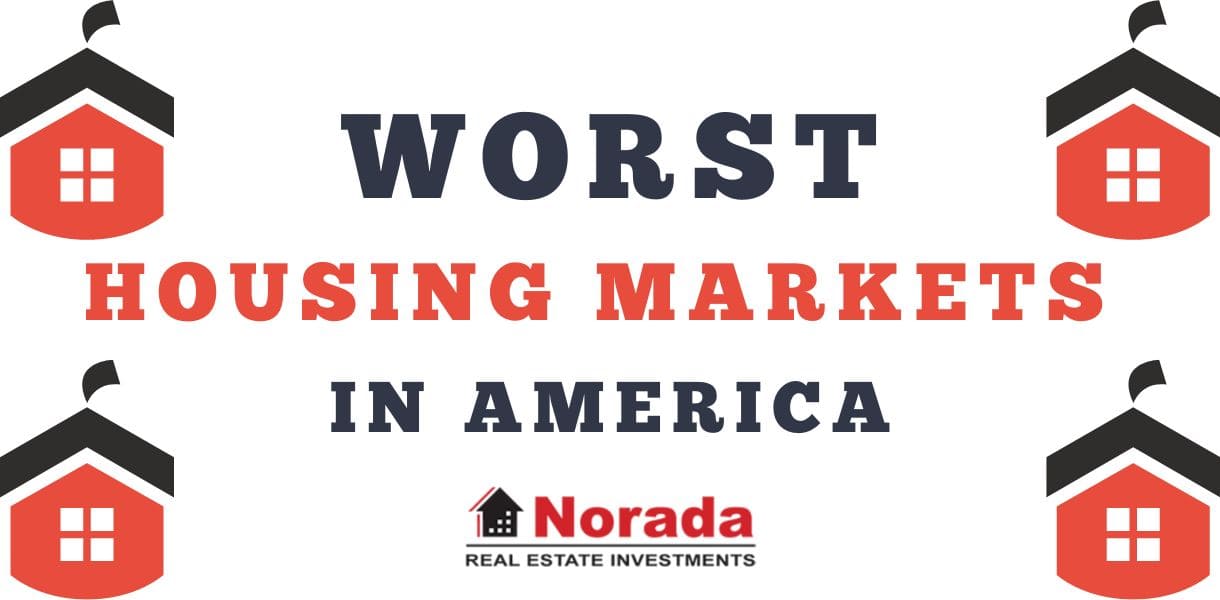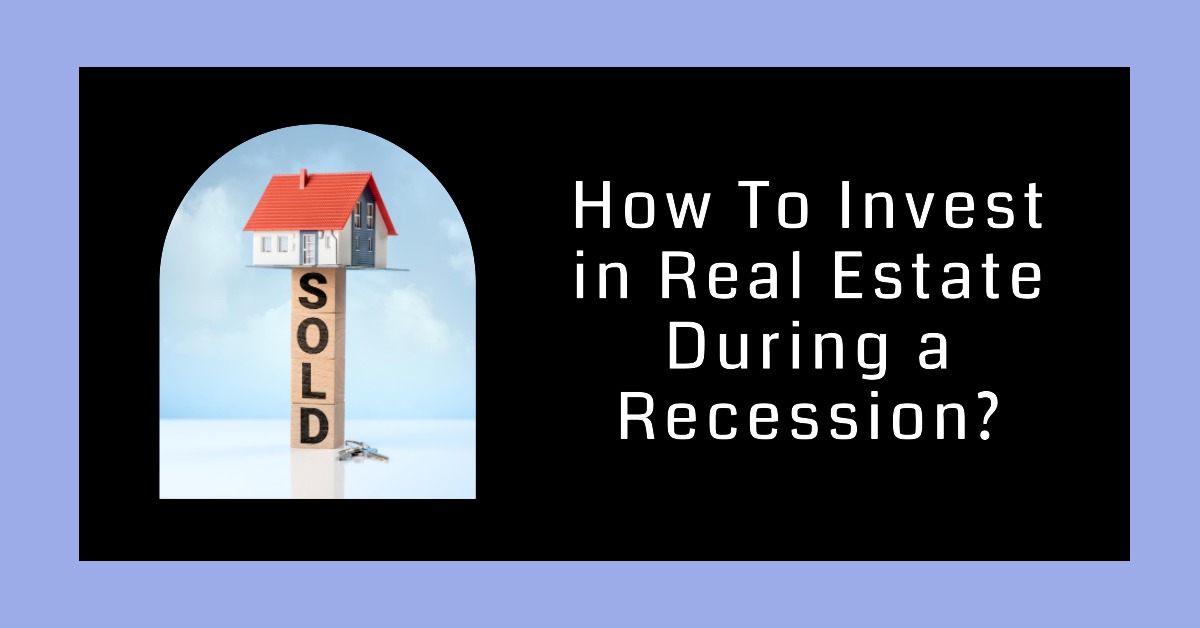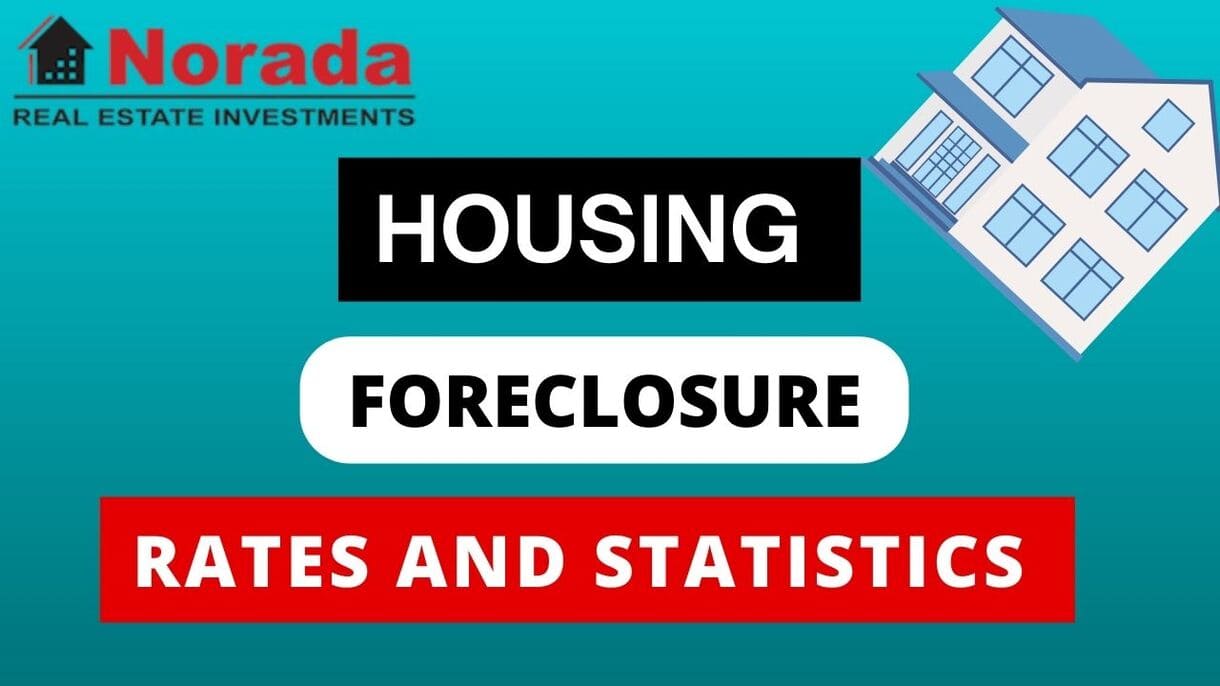Thinking about the future can feel like trying to catch smoke – especially when it comes to something as big and important as where we live. Over the last few years, the housing market has been a wild ride, with prices shooting up and leaving many people wondering if owning a home is still even possible.
This surge, fueled by everything from a global pandemic that made us rethink city living to historically low interest rates that made borrowing cheaper, has created a truly unique moment. So, what's the real estate forecast for the next 10 years? I believe the market is poised for continued growth, but at a more moderate and sustainable pace than the recent frenzied peaks, shaped profoundly by technology, evolving demographics, and a growing emphasis on sustainability.
It's the multi-million-dollar question on everyone's mind: Will home prices keep climbing, or will they finally drop? Will it become easier or harder to afford a place of our own? As someone who has watched the market closely for years, I understand these concerns deeply. While no one has a magic crystal ball, looking at the big trends and listening to what experts say can give us a pretty good idea of what's coming.
Real Estate Forecast for the Next 10 Years
The Recent Rollercoaster: A Look Back
Let's face it, the past few years felt like we were all on a real estate rollercoaster. From 2020 onwards, we saw an unprecedented jump in home values. I remember talking to countless people who felt like they were constantly outbid or couldn't even get their offer considered. It was a time of immense frustration for many prospective homebuyers.
What pushed prices so high?
- The Pandemic Shift: Suddenly, our homes became our offices, schools, and entertainment hubs. Many city dwellers craved more space and outdoor areas, leading to a migration to suburbs and smaller towns. This created a rush on homes in these areas.
- Super Low-Interest Rates: The Federal Reserve kept interest rates incredibly low to stimulate the economy. This meant borrowing money for a mortgage was cheaper than ever, making higher home prices seem more manageable. It fueled demand, putting even more pressure on prices.
- Limited Homes for Sale: Even with all the demand, there simply weren't enough homes being built or coming onto the market to keep up. It was a classic case of demand far outstripping supply.
This combination created a perfect storm, pushing prices to levels that many found truly disheartening. But now, as the dust begins to settle and interest rates have climbed, we're entering a new chapter.
Unpacking the Forces Shaping the Next Decade
The market ahead isn't just going to continue what we've seen; it's going to be a dynamic, ever-changing environment. From my perspective, there are three major forces that will truly steer the ship over the next decade.
- Evolving Demographics: New Generations, New Demands The biggest groups entering the housing market right now are Millennials and Gen Z. These aren't just names for age groups; they represent new ways of thinking about work, life, and home.
- Millennials, many of whom are now in their prime home-buying years, are looking for family homes, often with space for hybrid work. They prioritize community and often seek homes that align with their values around sustainability.
- Gen Z, just starting to enter the market, is even more tech-savvy and environmentally conscious. They might be more open to flexible living arrangements, smaller spaces, or urban co-living options if it means affordability and convenience. These generations aren't just buying houses; they're influencing what kinds of houses get built and where they're located.
- Interest Rate Fluctuations: The Cost of Borrowing Ah, interest rates. These are perhaps the most immediate and impactful factor for anyone thinking of buying a home. We've seen them soar from historic lows in recent years, making monthly mortgage payments much higher even for the same house price.
- My take: I've seen firsthand how even a small percentage point shift in rates can add hundreds, sometimes thousands, to a monthly mortgage payment, effectively pricing many people out of the market overnight. While predicting exact rates is impossible, their movement will continue to be a dominant factor, influencing how much people can borrow, how many homes sell, and ultimately, how prices behave. If rates stabilize or even dip slightly, it could bring a new wave of buyers back into the market.
- Technological Advancements: Reshaping How We Buy, Sell, and Live Technology isn't just a side player anymore; it's a game-changer. From the way we search for homes to how we manage them, innovation is making real estate smarter and more efficient. This goes beyond simple online listings; we're talking about AI predicting market trends, virtual reality tours that feel real, and even blockchain making transactions faster and safer. This isn't just about convenience; it's about fundamentally altering the industry.
5 Key Housing Market Trends to Watch: A Deeper Dive into the Future
The next ten years aren't just about price tags; they're about fundamental changes in how we live, what we value in a home, and how we build our communities. Based on the major forces we just discussed, here are five key trends I believe will truly shape the market.
1. The Rise of the Hybrid Home: Beyond Just an Office
The idea of a “home office” used to be a bonus, maybe a spare bedroom. Now, with more people working from home at least part-time, the hybrid home is becoming the standard. But it's more than just a dedicated workspace; it's about making your home work for you in every way.
- Flexible Spaces: Forget rigid rooms. I anticipate seeing more homes with walls that can move, furniture that transforms, and layouts that adapt. A dining room might become a meeting space during the day, then easily convert back for family dinner. Think about it: a room that serves as a gym in the morning, a quiet study in the afternoon, and a guest room in the evening.
- Increased Emphasis on Well-Being: Our homes need to be sanctuaries. Expect to see designs that maximize natural light, promote indoor-outdoor flow with large windows and accessible patios, and include dedicated spaces for fitness, meditation, or simply quiet relaxation. People are realizing the direct link between their living environment and their mental and physical health.
- Smart Home Features: This isn't just about turning lights on with your phone. It’s about seamlessly integrated automation for lighting, temperature control, security, and even air quality management. These systems will enhance comfort, save energy, and make life easier, becoming standard rather than luxury.
- Location Matters (Again): While the initial pandemic rush saw people moving further out, the hybrid model often means commuting a few days a week. This puts a new emphasis on being close to green spaces, parks, and local amenities. It’s about finding a better work-life balance where daily needs are met easily, fostering a sense of community. I believe the days of buying a house just for square footage are fading; people are now truly buying a lifestyle.
Here's a quick look at what we'll likely see in a hybrid home:
| Feature | Description | Benefit |
|---|---|---|
| Multifunctional Rooms | Spaces easily transformed for work, play, or relaxation. | Adaptability, efficient use of space |
| Abundant Natural Light | Large windows, open layouts. | Improved mood, reduced energy costs |
| Indoor-Outdoor Flow | Patios, decks, large sliding doors connecting living areas to nature. | Enhanced well-being, increased living space |
| Integrated Smart Tech | Automated lighting, climate, security, and air quality controls. | Comfort, energy efficiency, peace of mind |
| Dedicated Wellness Zones | Space for fitness, meditation, or quiet reflection. | Health and relaxation |
2. Tech-Powered Real Estate: Beyond Virtual Tours
Technology is going to do more than just make things convenient; it's going to fundamentally change how we interact with the real estate market.
- Virtual Reality & Augmented Reality (VR/AR): Virtual tours are already common, but they're about to get a major upgrade. Imagine truly immersive experiences where you can “walk through” a property that hasn't even been built yet, change the paint colors with a swipe of your hand, or see how your existing furniture would look in a new space. AR could allow you to hold up your phone and see market data overlaid on actual buildings.
- AI-driven Insights: Data analytics and Artificial Intelligence will move beyond simple property valuations. AI will provide personalized recommendations for buyers (matching not just budget and size, but lifestyle and future needs), offer deep market insights for sellers, and even predict future price fluctuations based on a vast array of economic and social indicators. Imagine an AI telling you not just current values, but predicting the best time to sell based on hyper-local trends, interest rate forecasts, and even community development plans. This empowers everyone to make smarter, more informed decisions.
- Blockchain Technology: This could revolutionize the back-end of real estate. By creating secure, transparent, and unchangeable records, blockchain can streamline property transactions, eliminate mountains of paperwork, ensure secure data storage, and drastically reduce the potential for fraud. Smart contracts, enabled by blockchain, could even automate parts of the transaction process, making closing a deal quicker and more efficient.
3. The Evolving Urban Fabric: Reimagining Our Cities
Cities aren't going away; they're just getting smarter and more integrated. The urban core will see a transformation driven by a desire for convenience, community, and sustainability.
- Reimagining Downtown: We're moving away from strictly commercial downtowns. Instead, urban areas will increasingly feature mixed-use developments that seamlessly combine residential, commercial (shops, restaurants), and recreational spaces. This fosters truly vibrant, walkable communities where people can live, work, and play without needing a car. Think about having your favorite coffee shop, a grocery store, and a park all within a few blocks of your apartment.
- The “15-Minute City” Concept: This idea, gaining traction globally, aims for cities where residents can access essential services (work, school, shopping, healthcare, parks) within a 15-minute walk or bike ride from their homes. This isn't just about convenience; it's a powerful driver for sustainability by reducing car reliance, promotes community engagement by bringing people together locally, and supports local businesses. This isn't just about efficiency; it's about reclaiming a sense of neighborhood, of belonging, that many felt was lost in sprawling suburbs.
4. Climate Considerations Take Center Stage: Building a Greener Future
Climate change isn't a distant threat; it's a present reality shaping our decisions, including how and where we build homes. Over the next decade, green building will shift from a niche market to a fundamental expectation.
- Sustainable Construction: The use of eco-friendly materials (like recycled content or rapidly renewable resources), renewable energy sources (solar panels becoming standard), and energy-efficient design (passive solar, superior insulation) will become standard practice. Builders won't just be aiming for basic codes; they'll be striving for net-zero homes that produce as much energy as they consume.
- Water Conservation: As water resources become more strained, innovative solutions will be key. Expect widespread adoption of rainwater harvesting systems, greywater recycling for irrigation, and highly water-efficient appliances and landscaping (xeriscaping) to manage this precious resource.
- Resilient Homes: Buildings will be designed not just for aesthetics, but to withstand extreme weather events (like stronger storms, heatwaves, or wildfires) and adapt to climate change. This means everything from elevated foundations in flood-prone areas to fire-resistant materials in regions prone to wildfires, ensuring long-term livability and safety. Ignoring climate in construction isn't just irresponsible; it's financially shortsighted.
5. The Enduring Affordability Challenge: Seeking Solutions
Despite all the innovation, the fundamental challenge of affordability will persist. As we saw, home prices have often far outpaced wage increases, making homeownership a distant dream for many.
- Government Intervention: Addressing this issue will require serious policy efforts. Expect to see increased pressure on governments to implement zoning reforms that allow for more diverse and dense housing types, offer tax incentives for affordable housing developments, and expand social housing programs. These are crucial steps to create a more equitable market.
- Innovative Housing Models: To provide more accessible options, we'll see a rise in new housing concepts:
- Co-living: Shared communal spaces with private bedrooms, fostering community and reducing individual costs.
- Micro-units: Small, efficient apartments in urban centers, designed for single occupants or couples prioritizing location over space.
- Modular housing: Factory-built homes that are assembled on-site, offering a faster, more cost-effective, and often more sustainable construction method.
- Shift in Mindset: Ultimately, tackling affordability will require a societal shift. We need to move towards a focus on building more starter homes and creating a more inclusive real estate market rather than prioritizing ever-larger luxury properties. My opinion is that we need a societal conversation about what ‘enough' looks like when it comes to housing, balancing individual desire with collective need.
Here are some strategies for tackling the affordability challenge:
- Relaxed Zoning Laws: Allowing for multi-family homes in areas traditionally zoned for single-family.
- Public-Private Partnerships: Government and private developers collaborating on affordable projects.
- Rent-to-Own Programs: Providing pathways to ownership for those who can't afford a large down payment.
- Community Land Trusts: Separating land ownership from home ownership to keep housing costs lower.
Real Estate Forecast: What to Expect by 2030?
Now for the big numbers. While specific predictions are tough, studies give us a strong indication. According to a study by RenoFi, the average price of a single-family home in the United States could reach $382,000 by 2030. This might seem like a manageable number, but it's important to remember that averages can be deceiving. The actual cost will vary significantly by location. For instance, in February 2023, the median price of a home in New York City was $760,000, while in Albany, Upstate New York, it averaged $219,000. That's a huge difference!
RenoFi's study also peered into the future for specific cities, using past growth rates to project 2030 values. Over the past decade, housing prices in the U.S. increased by a staggering 48.55%. Assuming a similar rate of increase for the next ten years, some cities are in for truly astonishing price tags.
Let's look at some notable predictions for 2030 average home values:
- San Francisco: An astonishing $2,612,484
- San Jose: $2,251,703
- Oakland: $1,713,554
- New York City: $964,101
- Nashville: $539,292
- Houston: $309,806
It’s no surprise that six of the top ten most expensive cities by 2030 are predicted to be in California if current growth rates continue. San Francisco and San Jose could indeed see average home prices exceeding $2 million. Furthermore, six additional major cities, including Oakland, Seattle, Los Angeles, San Diego, Boston, and Long Beach, may also experience house prices rising above the $1 million threshold.
While these numbers can feel overwhelming, especially for those in high-cost areas, it's crucial to remember they are forecasts based on past trends. They assume a consistent trajectory, which, as we know, the real estate market rarely maintains perfectly.
Projected 2030 Home Values for Select US Cities
| City | Current Median Price (Approx. 2023) | Projected Average Value by 2030 |
|---|---|---|
| San Francisco | ~$1.4 Million | $2,612,484 |
| San Jose | ~$1.2 Million | $2,251,703 |
| Oakland | ~$900,000 | $1,713,554 |
| New York City | ~$760,000 | $964,101 |
| Seattle | ~$800,000 | > $1 Million |
| Los Angeles | ~$900,000 | > $1 Million |
| Boston | ~$750,000 | > $1 Million |
| Nashville | ~$400,000 | $539,292 |
| Houston | ~$300,000 | $309,806 |
Note: “Current Median Price” is approximate for illustrative comparison, based on recent data. Projected values from RenoFi study.
The Engine Behind the Numbers: Factors Driving Home Price Increases
Understanding why prices go up helps us prepare. Remember, home value doesn't always equal the exact purchase price, but it's a strong indicator of what a home is likely to sell for based on market conditions. Buyers might pay more or less, but the value is the benchmark.
Several factors continuously drive up home values:
- Supply and Demand: This is economics 101. If there are more people who want to buy homes than there are homes available, prices will naturally rise. Conversely, if supply outstrips demand, prices stabilize or fall.
- Interest Rates: As we discussed, lower interest rates make mortgages more affordable, increasing buyer demand and pushing prices up. Higher rates have the opposite effect.
- Wage Increases: Ideally, home prices would rise in step with wages, keeping homeownership attainable. However, this has not been the case. While average wages have indeed increased from around $24,859 in 1996 to $51,916 in 2019, the impact of inflation and the rising cost of living means that homeownership still feels more distant for many. I remember looking at starter homes years ago that now cost three times as much, while my salary, thankfully, hasn't tripled. This widening gap between earning power and home prices is a critical issue.
Preparing for the Future: Your Path to Homeownership
The future of the housing market might seem daunting, but it's not hopeless. With smart planning and a proactive approach, aspiring homeowners can significantly improve their chances of affording a home in the coming years.
- Start Saving Early and Consistently: This might sound obvious, but it's the most crucial step. The sooner you start, the more time your money has to grow, thanks to the magic of compound interest. Even small, regular contributions to a dedicated savings account can add up to a substantial down payment over five to ten years. Consistency is vital.
- Invest Your Savings Wisely: For those with a five-to-ten-year timeframe before buying a home, simply letting your money sit in a regular savings account might not be enough to beat inflation. Consider investing a portion of your savings in low-cost options like index funds or using robo-advisors (like those offered by platforms such as Acorns or Betterment). These can help your money grow faster, but remember, investments carry risk.
- Longer Time Horizon: Investments perform best when given a long time to ride out market ups and downs.
- Tax Implications: Be aware of potential taxes on investment gains when you eventually sell to use for your down payment. Consulting a financial advisor is always a smart move, but even simple steps can make a huge difference.
- Improve Your Credit Score: A strong credit score is essential for securing favorable mortgage rates, which can save you tens of thousands of dollars over the life of a loan. Pay bills on time, keep credit card balances low, and regularly check your credit report for errors.
- Reduce Debt: High levels of consumer debt (credit cards, personal loans) can limit your borrowing capacity for a mortgage. Focus on paying down high-interest debt.
- Explore First-Time Homebuyer Programs: Many government and local programs offer assistance with down payments, closing costs, or provide lower interest rates for first-time buyers. Do your research!
Predicting 2030 Home Prices and Mortgage Rates: A Nuanced View
While forecasting the exact numbers for 2030 is incredibly challenging – so many economic and global factors can shift – experts generally anticipate a more stable, albeit continued, growth trajectory compared to the recent boom.
- Home Prices: After the recent surge, many experts predict that home price growth will align more closely with historical norms, with annual increases settling into the 3 to 5 percent range. This is a healthier, more sustainable pace than the double-digit percentage increases we've seen. From my experience watching market cycles, extreme highs and lows rarely last; the market tends to find its equilibrium. It means prices will likely still go up, but not at the frantic speed that priced out so many buyers.
- Mortgage Rates: The future of mortgage rates remains a big question mark. The Federal Reserve has been actively raising rates to control inflation. While we might not return to the ultra-low rates of a few years ago, some experts believe that as inflation comes under control, mortgage rates could become more favorable in the coming years, potentially offering opportunities for homebuyers to lock in lower rates. It's a delicate balance, and staying informed about economic indicators will be key. If you're planning to buy, pre-approval and understanding rate lock options will be more important than ever.
Navigating the Next Decade
The future of the housing market will be dynamic, influenced by powerful technological advancements, changing demographics, and a pressing need for more sustainable and affordable solutions. While the path to homeownership may seem daunting, it's certainly not impossible. By understanding these trends, preparing financially, and adapting to new opportunities, individuals can navigate this evolving market. The future of housing isn't just about bricks and mortar; it's about how we choose to live, work, and build communities. With thoughtful planning, your dream of owning a home in the next decade can absolutely become a reality.
Work with Norada – Invest in Turnkey Properties
Discover high-quality, ready-to-rent properties designed to deliver consistent returns.
Contact us today to expand your real estate portfolio with confidence.
Contact our investment counselors (No Obligation):
(800) 611-3060
Also Read:
- Housing Market Predictions for the Next 4 Years: 2025 to 2028
- Housing Market Predictions for 2025 by Bank of America
- Housing Market Forecast for the Next 2 Years: 2024-2026
- Real Estate Forecast Next 5 Years: Top 5 Predictions for Future
- 2008 Forecaster Warns: Housing Market 2024 Needs This to Survive
- Housing Market Predictions for Next 5 Years (2024-2028)
- Housing Market Predictions: 8 of Next 10 Years Poised for Gains
- Trump vs Harris: Which Candidate Holds the Key to the Housing Market (Prediction)





